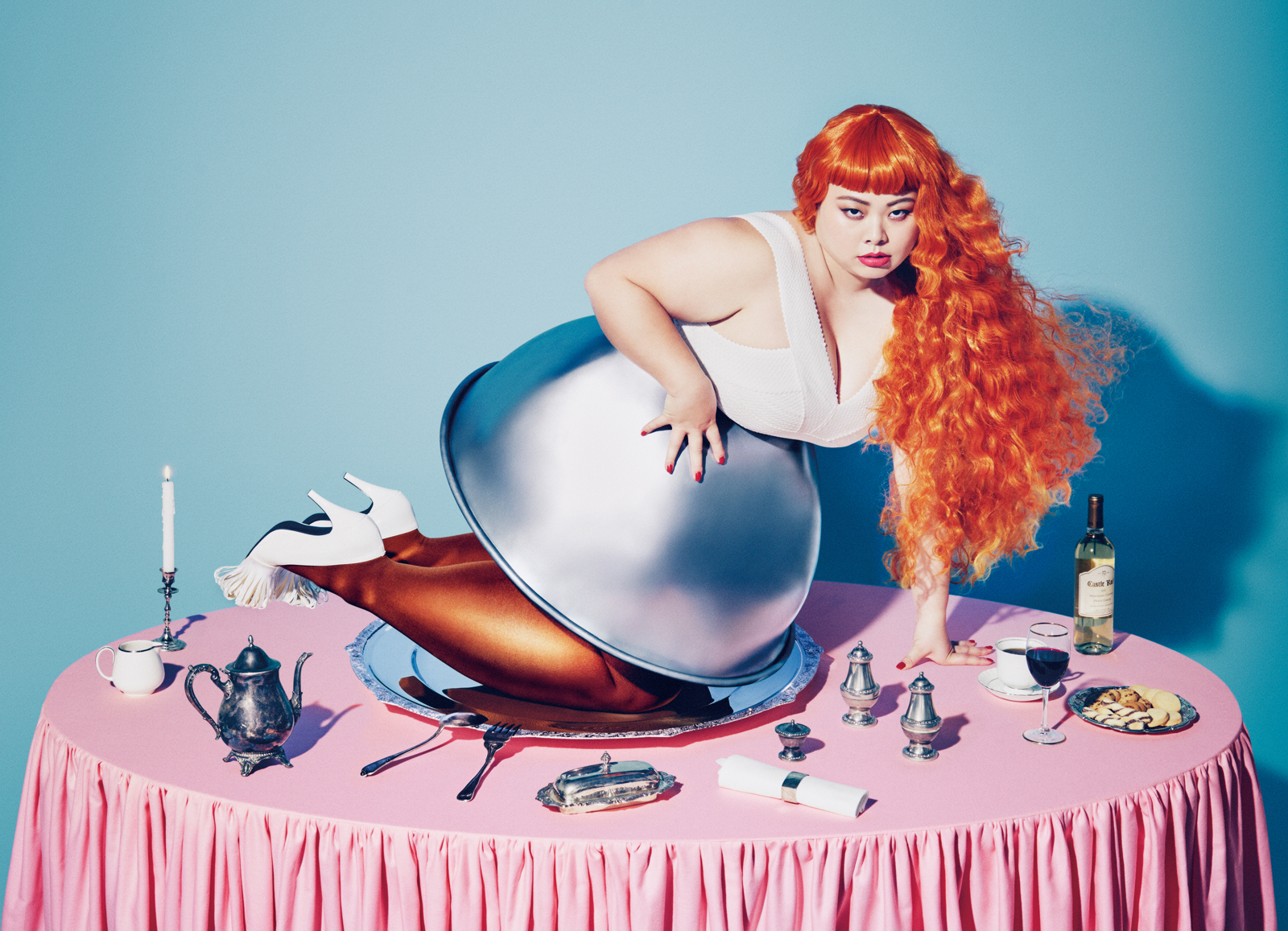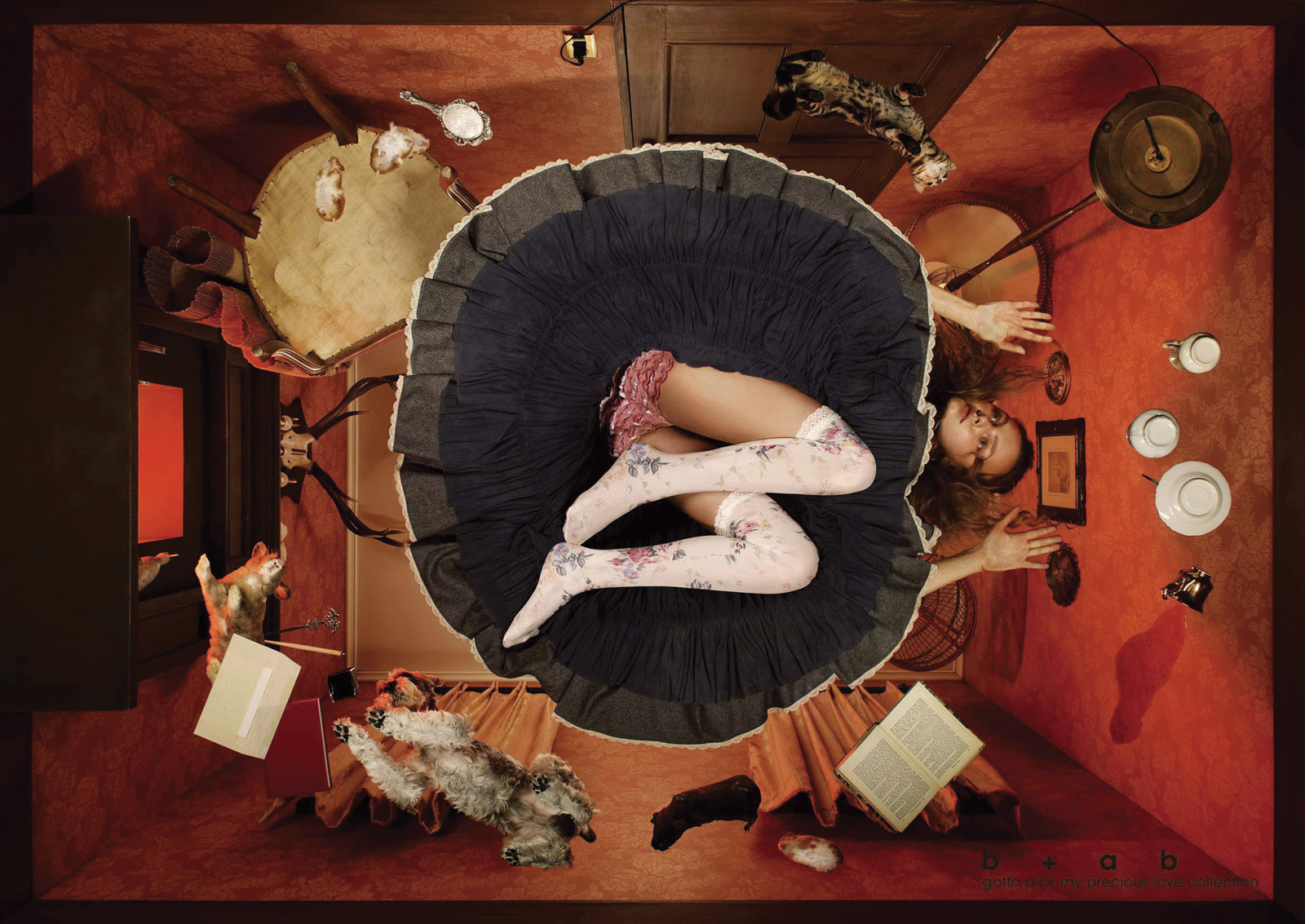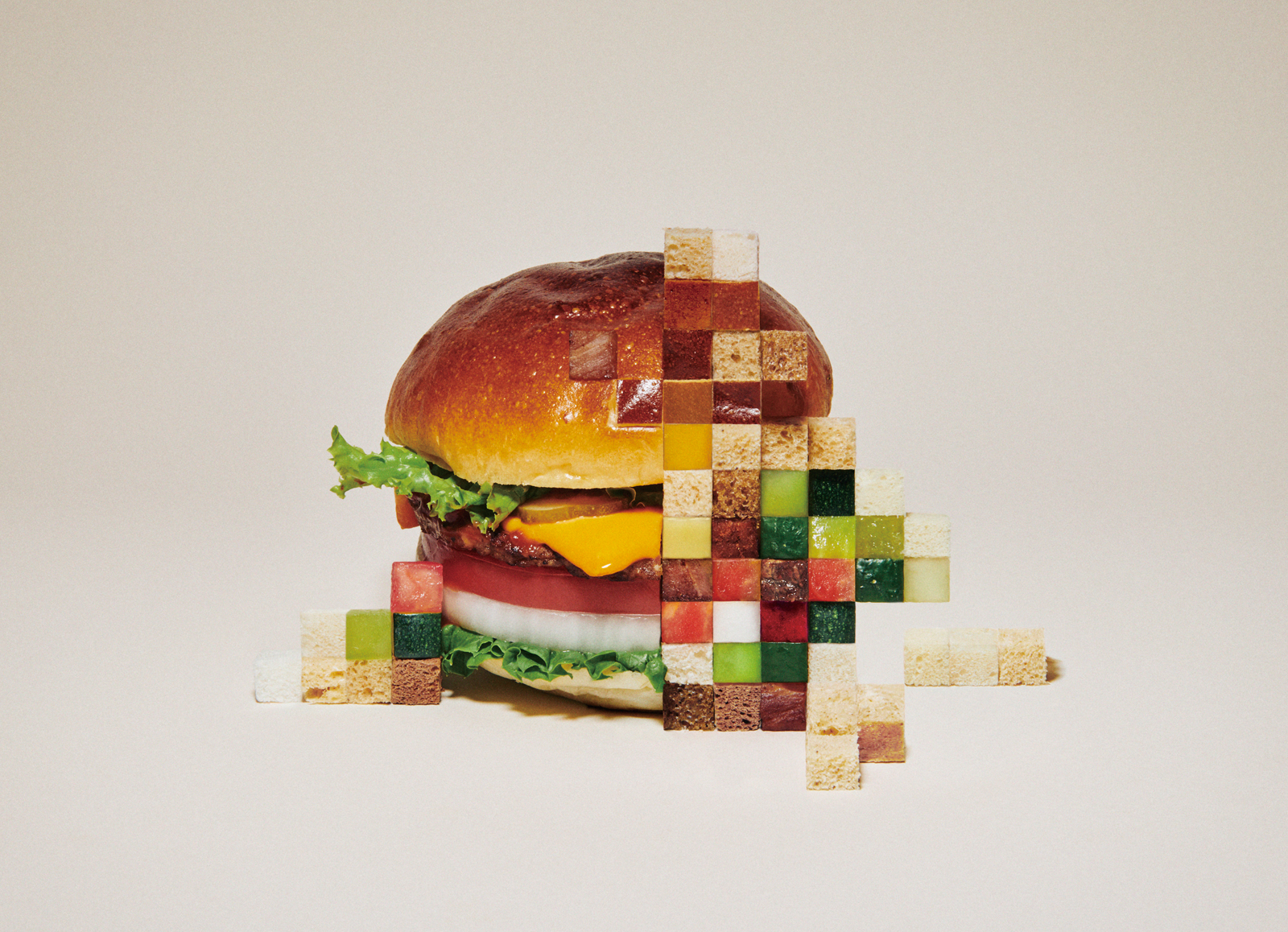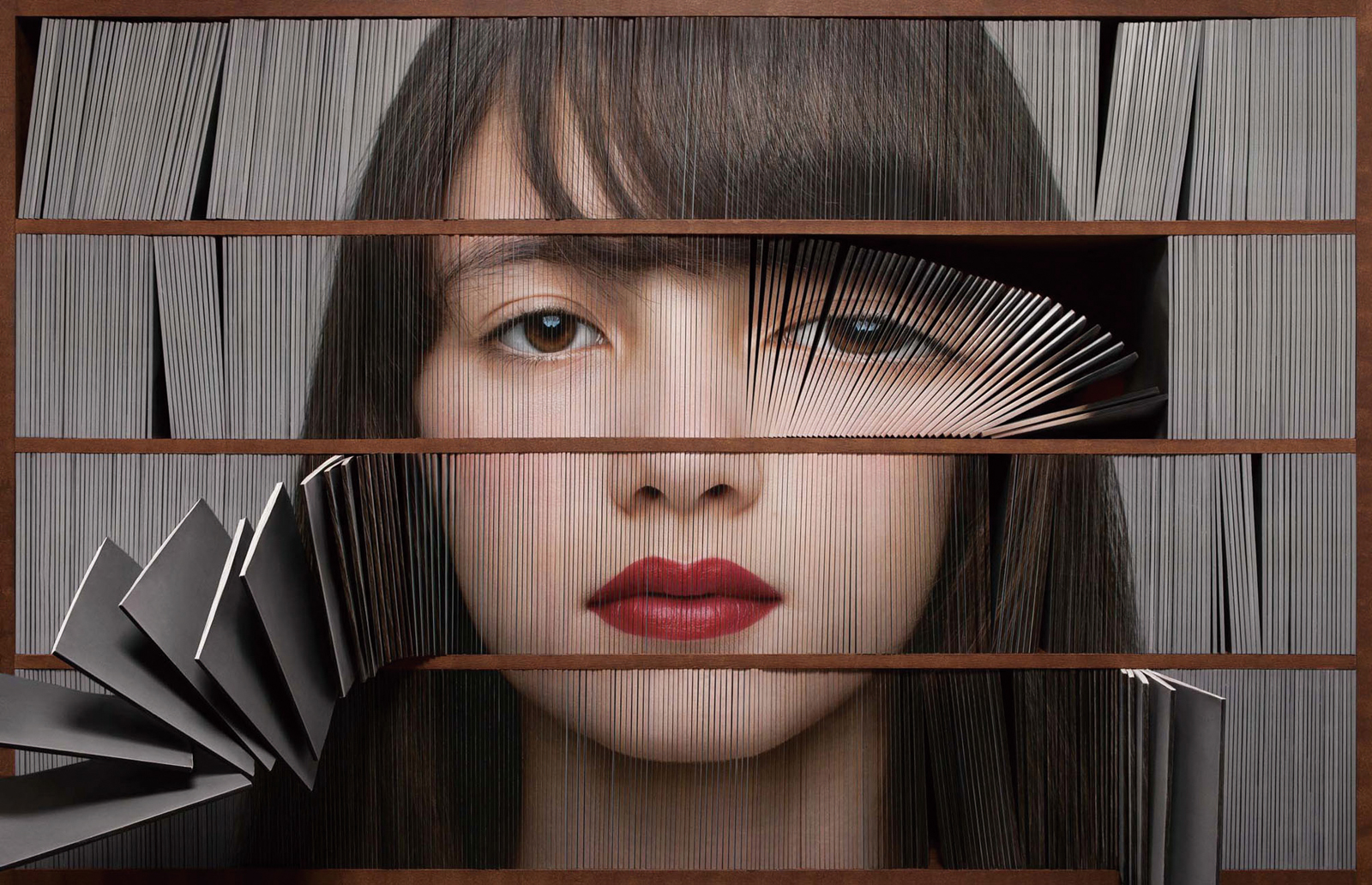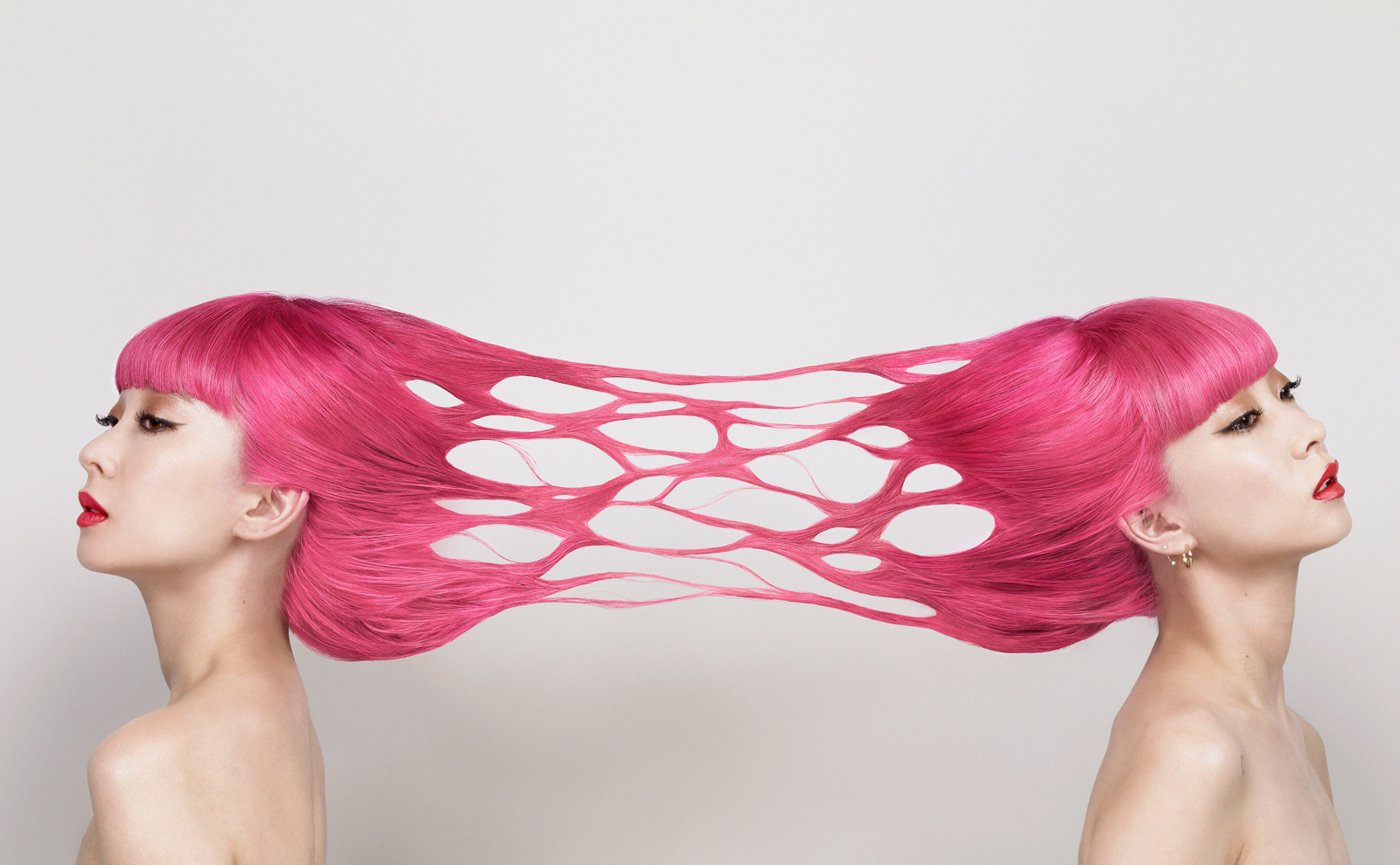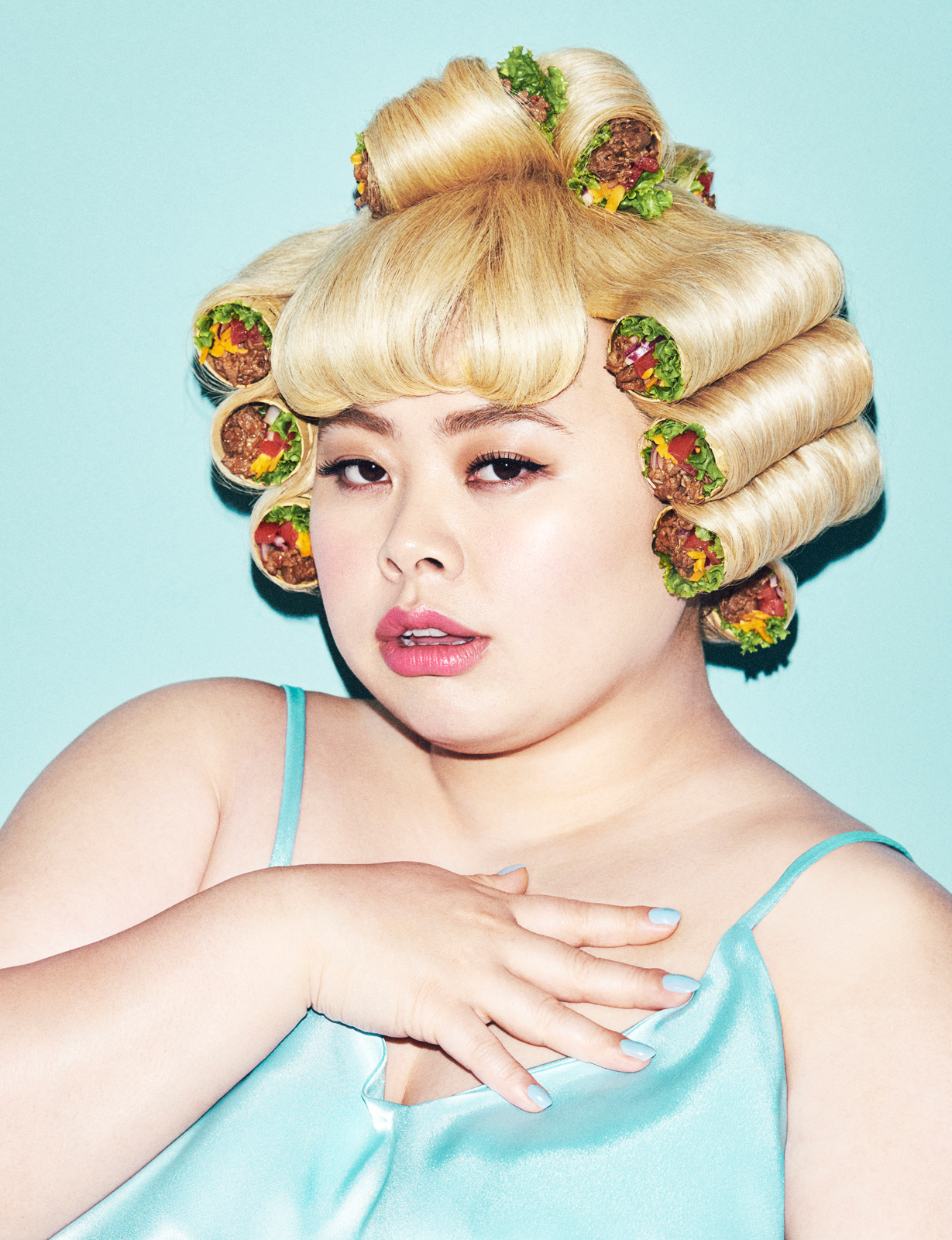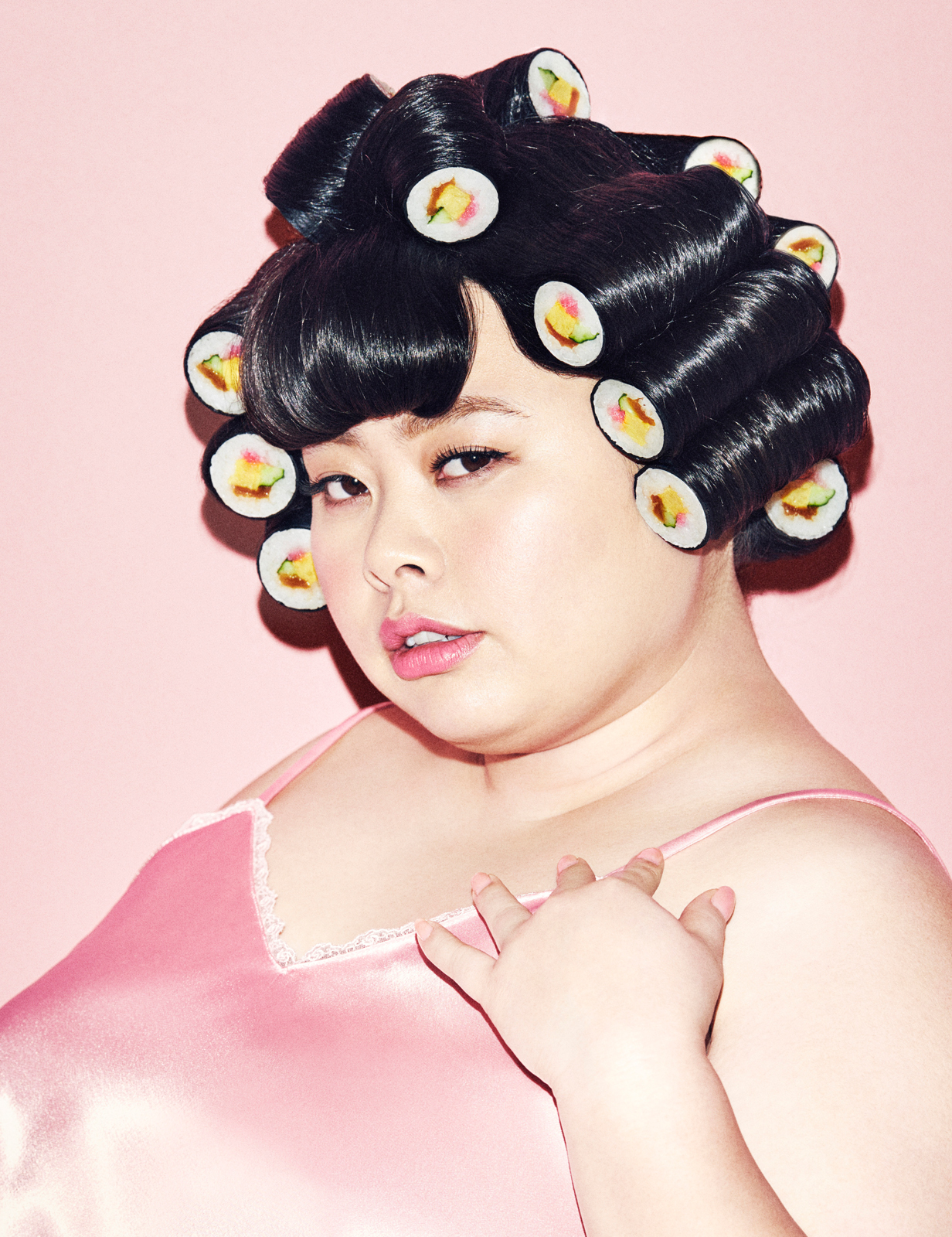ACROSS THE YUNI-VERSE WITH YUNI YOSHIDA
ACROSS THE YUNIVERSE
CREATIVE DIRECTOR YUNI YOSHIDA IS A MASTER AT MAKING COMMERCIAL WORK FEEL LIKE ART. ARMED WITH A KNACK FOR VISUAL COINCIDENCES AND AN UNCOMPROMISED CHILDLIKE IMAGINATION, YOSHIDA’S STUNNING IMAGERY DRAWS YOU IN FROM FIRST GLANCE WITH ITS CRAFTY DETAIL AND CHARMING QUIRKINESS, KEEPING YOU COMING BACK FOR MORE.
You’re one of the few creative directors who manage to make commercial work look editorial. Is this intentional?
It was not necessarily intentional. I am the type who gets more inspiration from visuals than words and I always try to communicate as many commercial messages as possible through visuals, which probably leads me to that approach.
Does your creative process change when tackling commercial work?
I create a variety of media such as advertisement, CD cover art, editorial pieces, and more. None of them change my process. The purpose is communication and it should be the same for any project.
Is there any brand on your bucket list that you would love to create for?
I don’t have any particular brand in mind, but I do like creating for the fashion and beauty industry. I would also love to create some visuals for PlastikMagazine someday.
No matter what you do, there’s always a playful undertone to your work. How come?
I have loved creating since I was a child and that has not changed, even after it became my job. Advertisements, by nature, need to instantly communicate a lot of information and do so by attracting people’s attention. That being said, I always hope for more.
I would like people to see the ads, then revisit them and discover something new, because I love entertaining and surprising people and, more than anything, love to surprise my own self with new ideas.
You seem very keen, as an artist, on optical illusions and visual coincidences. How come?
I have always been attracted by optical illusions and making things resemble something else. The unique charm of an optical illusion is that you can create fantasy with realmaterials, or in other words, find somethinginteresting by changing our perspective.
Where do you get your inspiration from when coming up with them?
In my ideation process, I always come up with various keywords, concepts, colors, and thehistorical backdrop related to the project. Eventually,those numerous dots are connected with a single line.
Your work is beautifully surreal. Are you the type who would rather escape reality or face it?
I consider myself quite realistic. I was a child whopreferred reading non-fiction to fiction, such as true-life stories, history books, biographies, and illustrated encyclopedias. The mysteries and miracles behindreality are more interesting to me than fictional stories.
Is Photoshop a big part of your process, or are you more of the practical kind?
I often create my work manually as I like interacting with real materials. I also feel that manually crafted arts canreflect the live excitement of the creation process andbear more depth and warmth.
“The unique charm of an optical illusion is that you can create fantasy with real materials, or in other words, find something interesting by changing our perspective. ”
A big part of your work includes food photography. What about fruit inspires you so much?
Fruits and flowers are still objects, yet you can feel theirvigor and glamour. There is no single form, color, and pattern that is the same without any of those natural creations.
Has social media, notably Instagram, had an impact on your career?
Social media allows me to showcase my work to a wider audience not only in Japan but around the world, which for example gave me the fortunate opportunity to be interviewed by you. Also, the direct feedback and reactions from the audience inspire me a lot.
What are the advantages and disadvantages of platforms like Instagram for an artist?
I personally have more to gain than lose with social media. As I mentioned in the previous question, the advantage would be to get views from many people and receive their direct feedback. On the other hand, I feel it has taken away from the value of informationto some extent. Back then, you needed to proactivelysearch for the information you wanted, while nowadays it is just posted to you.
Many artists who showcase their work on social media get their work allegedly stolen. In your opinion, is it a risk that should be accounted for, or does something need to be done to prevent this?
I feel terribly sad to hear that. But it might be difficultto take preventive measures. Although it is true that easy access has increased the risk, I believe it is fundamentally a problem stemming from people’s attitudes. Those who steal others’ works would do so whether with or without social media.
According to your experience, what is the best way to make a living out of your work without compromising your vision?
It’s challenging. I’m not sure if my current self has fully achieved it, but what I’m doing is establishing my work (my ideal style or personality) and communicating it to people. Once recognized, you will get more jobs that would fit you and become closer to your vision.
Is there’s any advice you would give to aspiring artists out there?
Every time I conceive ideas, I feel the true answerawaits me after I get through the point where I almost give up. So, I believe it is important to stick to your goal and to not give up.
What’s next for Yuni Yoshida?
I will evolve my current design while increasing more work opportunities overseas.
INTERVIEWED BY RALPH ARIDA


